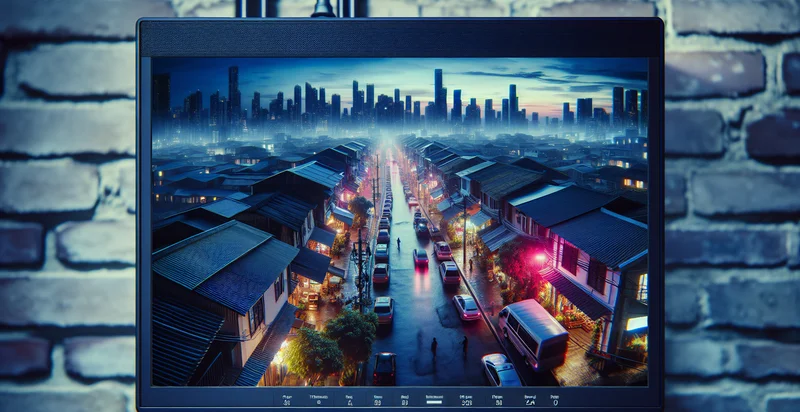Identify tracking station
using AI
Below is a free classifier to identify tracking station. Just upload your image, and our AI will predict what type of tracking station it is - in just seconds.

Contact us for API access
Or, use Nyckel to build highly-accurate custom classifiers in just minutes. No PhD required.
Get started
import nyckel
credentials = nyckel.Credentials("YOUR_CLIENT_ID", "YOUR_CLIENT_SECRET")
nyckel.invoke("tracking-station", "your_image_url", credentials)
fetch('https://www.nyckel.com/v1/functions/tracking-station/invoke', {
method: 'POST',
headers: {
'Authorization': 'Bearer ' + 'YOUR_BEARER_TOKEN',
'Content-Type': 'application/json',
},
body: JSON.stringify(
{"data": "your_image_url"}
)
})
.then(response => response.json())
.then(data => console.log(data));
curl -X POST \
-H "Content-Type: application/json" \
-H "Authorization: Bearer YOUR_BEARER_TOKEN" \
-d '{"data": "your_image_url"}' \
https://www.nyckel.com/v1/functions/tracking-station/invoke
How this classifier works
To start, upload your image. Our AI tool will then predict what type of tracking station it is.
This pretrained image model uses a Nyckel-created dataset and has 16 labels, including Cabo Rojo, Cabo San Lucas, Canberra, Cape Canaveral, Goldstone, Madrid, Maspalomas, Maui, Maybe and Mojave.
We'll also show a confidence score (the higher the number, the more confident the AI model is around what type of tracking station it is).
Whether you're just curious or building tracking station detection into your application, we hope our classifier proves helpful.
Related Classifiers
Need to identify tracking station at scale?
Get API or Zapier access to this classifier for free. It's perfect for:
- Satellite Monitoring: The 'tracking station' identifier function can be utilized by satellite monitoring companies to screen incoming images for false positives. By accurately classifying images as genuine tracking stations or background noise, companies can improve efficiency in satellite orbit determination and communication.
- Security Surveillance: In urban surveillance settings, this function can assist security personnel in distinguishing between legitimate tracking stations and unauthorized installations. This enhances the physical security of critical infrastructure by enabling faster response times to potential threats.
- Environmental Monitoring: Environmental agencies can employ this function to analyze aerial imagery for tracking stations associated with pollution sources. By accurately identifying false images, agencies can better focus their resources on real pollution sources, facilitating cleaner air and water initiatives.
- Telecommunication Infrastructure: Telecommunication companies can use the false image classification function to verify the integrity of their tracking stations against unauthorized or rogue installations. This ensures that their communication networks remain secure and operational without disruptions.
- Defense and Intelligence: Military and defense organizations can leverage this technology to assess images for potential enemy tracking stations. By filtering out false images, they can allocate intelligence resources effectively and enhance situational awareness in strategic planning.
- Drone Operations: Companies utilizing drones for surveying and inspection purposes can incorporate this function to improve image analysis while surveying for tracking stations. This results in more reliable data and fewer resources wasted on reviewing irrelevant images, enhancing overall operational efficiency.
- Research and Development: Academic and industrial researchers studying satellite communications can adopt this function to catalog and analyze tracking stations accurately. This promotes increased accuracy in data collection and paves the way for groundbreaking advancements in satellite technology and applications.


